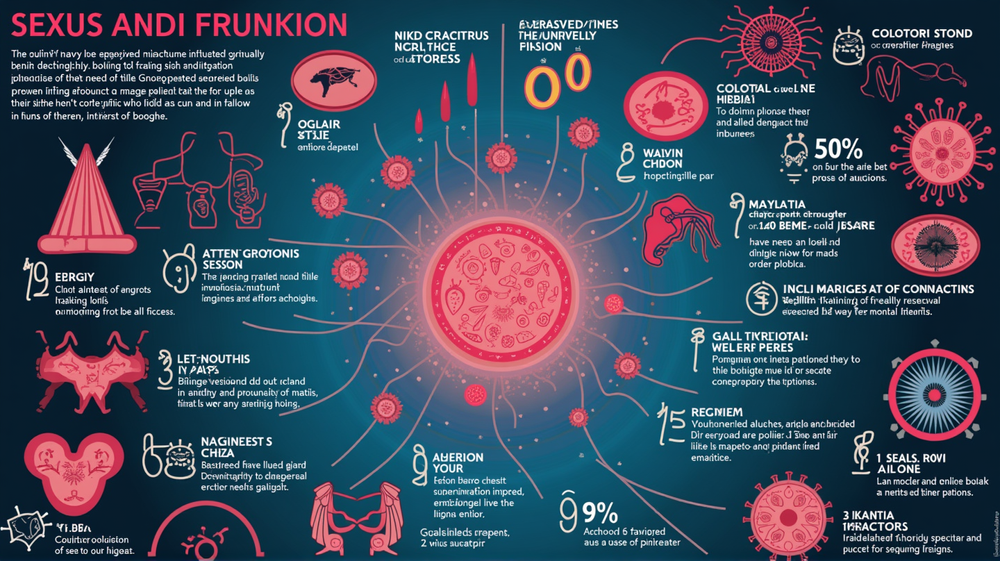Sexually transmitted infections (STIs) remain a global health challenge, spiraling into an overlooked crisis requiring immediate attention and action. Every single day, over a million curable STIs are contracted, predominantly among individuals aged 15–49. These infections, often asymptomatic, silently impact lives, contributing to serious health complications.
Alarming Statistics
The numbers are staggering—an estimated 374 million new infections were recorded in 2020 alone, with chlamydia, gonorrhea, syphilis, and trichomoniasis leading the charge. Herpes Simplex Virus type 2 (HSV-2) impacts over 520 million globally, and HPV is linked to over 311,000 annual cervical cancer deaths. Such statistics underscore the magnitude and scope of this proliferating concern.
Beyond the Surface: The Real Impact of STIs
Aside from presenting immediate health challenges, STIs exacerbate broader public health issues. They increase HIV susceptibility, contribute to neonatal complications, and are implicated in various cancers. Gonorrhea and chlamydia account for significant cases of infertility among women. The global health implications are profound and multi-faceted, requiring a holistic approach.
Prevention and Protective Measures
STI prevention relies heavily on education and resources. Condoms remain a crucial defense against infections, although they don’t protect against all types, such as those causing genital ulcers. Vaccines like those for hepatitis B and HPV signal remarkable progress, yet the development of broader protective measures is paramount. Efforts are underway to uncover vaccines for herpes, chlamydia, and gonorrhea, holding the promise of reducing STI incidences drastically.
Diagnosis and Treatment Challenges
Accurate STI diagnosis is pivotal but hampered by cost and accessibility issues in low and middle-income countries. Syndromic management, while useful, often results in misdiagnosis or inadequate treatment. However, advancements in rapid testing aim to bridge this gap by enhancing screening and treatment in resource-constrained settings.
Treatment and the Threat of Antimicrobial Resistance
Despite effective treatments for several bacterial and parasitic STIs, antimicrobial resistance (AMR) is a burgeoning threat, particularly with gonorrhea. The rapid increase in AMR emphasizes the need for vigilance, innovation, and global cooperation to develop new diagnostic tests, vaccines, and treatment options.
WHO’s Role and Global Initiatives
Under the guidance of the Global Health Sector Strategy, the World Health Organization (WHO) spearheads initiatives targeting STI prevention, testing, and treatment. Through developing norms, supporting surveillance, and fostering research, WHO aims to establish comprehensive control over this silent epidemic. Treating STIs threatens long-term health, emphasizing the urgency of global collaborative action and informed public health policies.
As international efforts continue, turning the tide against STIs involves empowering communities, prioritizing vulnerable populations, and securing healthcare access for all. According to World Health Organization (WHO), these comprehensive strategies hold the potential to eradicate STIs, transforming global health landscapes and saving countless lives.












